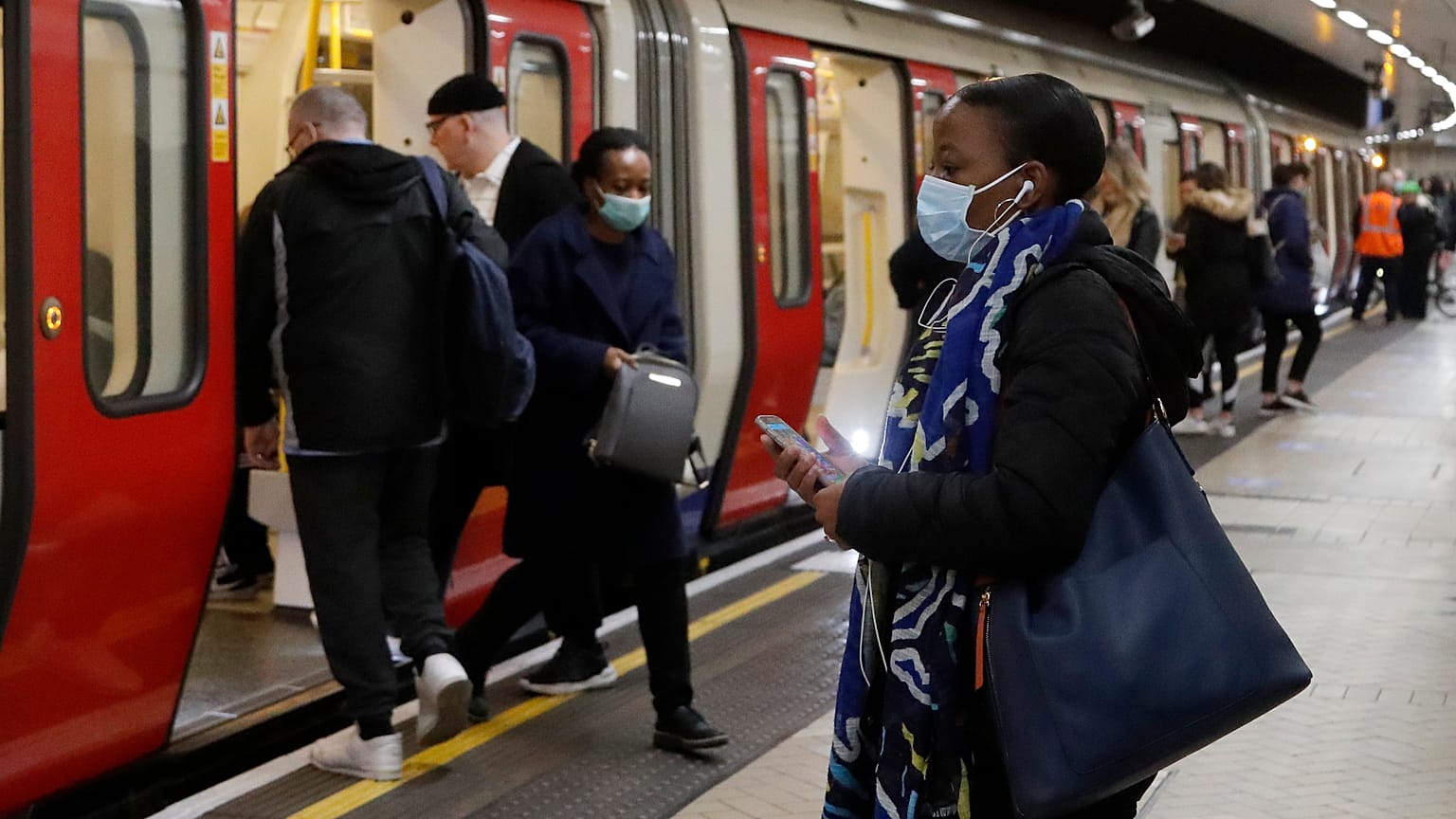Gender gaps in pay and employment, together with an unequal division of household talks, leads to different travel patterns between men and women.
The transportation sector, which accounts for nearly a quarter of all greenhouse gas emissions in the European Union, is one of the main targets for Europe's green deal.
"To achieve climate neutrality, a 90% reduction in transport emissions is needed by 2050. Road, rail, aviation, and waterborne transport will all have to contribute to the reduction," the Green Deal read.
But some say that transportation subsidies should also take into account gender inequality in the sector.
Patrizia Heidegger, director of global policies and sustainability at the European Environmental Bureau, worries the subsidies that EU governments are rolling out to encourage the purchase and use of electric cars will benefit men to the detriment of women.
"If we focus our sustainable mobility policy only on electric cars and we subsidised that people buy hybrid cars or electric cars. It's no surprise that this will mainly benefit men and people with a higher income," Heidegger tells Euronews.
Electric cars however are meant to play a key role in the transition towards a cleaner future with some EU countries already putting in place bans for the future sale of fossil fuel vehicles, despite electric vehicles being viewed by consumers as an expensive alternative.
**How does gender inequality impact transportation?
**
According to the European Commission, the gender pay gap in the EU stands at 14.1% and has only changed minimally over the past ten years. The employment gap inside the bloc is similarly wide: 67% of women are currently in employment as opposed to 79% of men.
This unequal purchasing power can force some women to forsake the possibility of owning a car, and dealing with all its associated expenses, and choose instead affordable options such as cycling or riding the bus.
The traditional division of household tasks, which remains deeply influenced by sexist stereotypes that put the burden on women, also exacerbates the imbalance.
"Transport is almost completely organised around getting people to and from work and this is basically a fairly male pattern whereas, in general, women often have a more complicated pattern of travel that they maybe have to pick something up for the family, get the children, take care of the parents," Thorfinn Stainforth, a policy analyst at the Institute for European Environmental Policy, tells Euronews.
"[Women] would potentially benefit for example from a more flexible system that has more capacity spread out and also perhaps a different ticketing system that lets you travel more flexibly."
The gender gap can also be found in Europe's transport sector itself: with an EU report stating that women are severely underrepresented in the industry, accounting for just 22% of workers.
The high representation of men (almost 80%) means that policies, vehicles and stations are all designed from a predominantly male perspective, which can lead to results that fail to take into account the challenges faced by women when moving in and between cities.
"Women tend to have more non-work-related trips, travel off-peak hours and use more flexible transport modes. and spend less time on travel," said a 2019 study conducted by the EU's Joint Research Centre (JRC).
"Women are more willing to limit their car use than men and show more support for environmentally friendly transport modes. They are also more positive towards measures to reduce car use, such as improving and expanding public transport."
But these different transport patterns make women "greener" than men, the Joint Research Centre concluded.
However, the environmentally-friendly attitude doesn't come solely from a personal choice: it is imposed by profound socio-economic inequalities that put women at a disadvantage.
Some say this should be considered by EU governments.
"An integration of equality and sustainability policy here would mean that we put the investment where it benefits most people and where we make sure our mobility concepts take into consideration how men and women move differently," Heidegger said.
This would include thinking about "how can we benefit people who live in less affluent parts of town, how can we make sure people with disabilities are benefited equally," she said.















